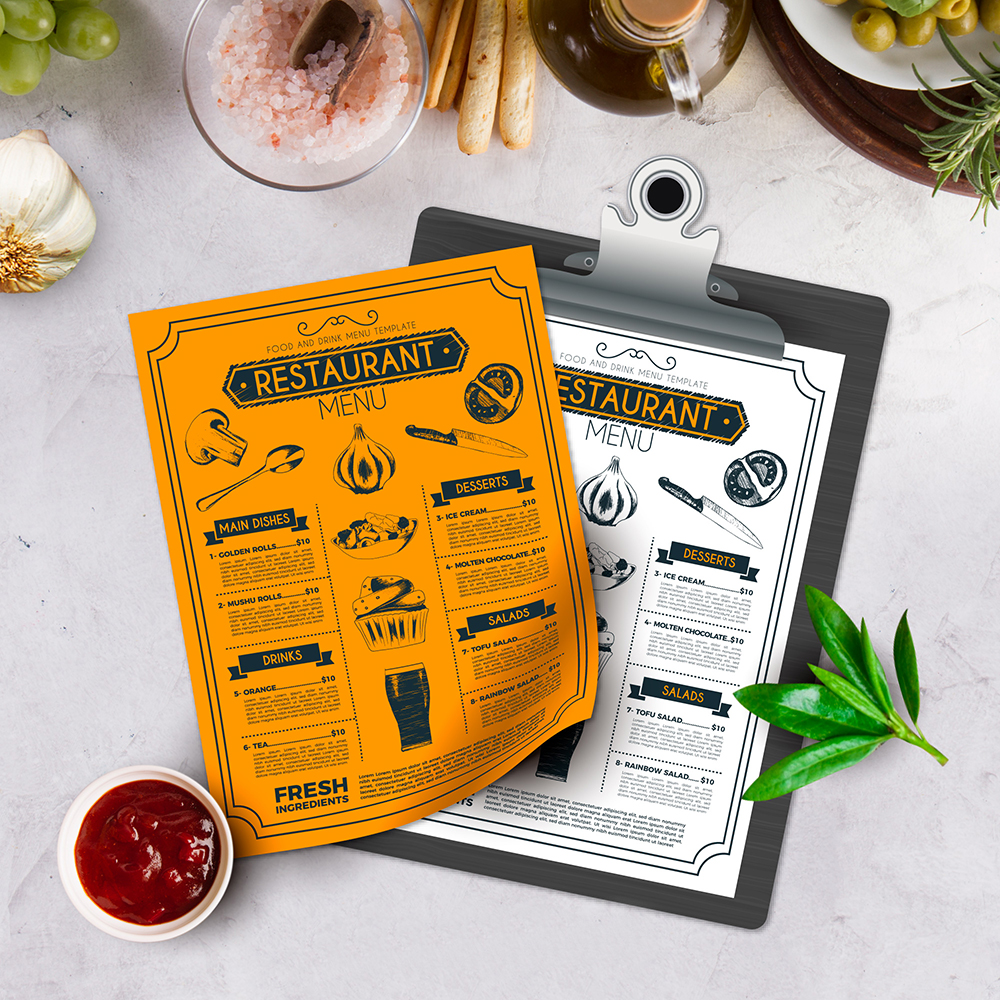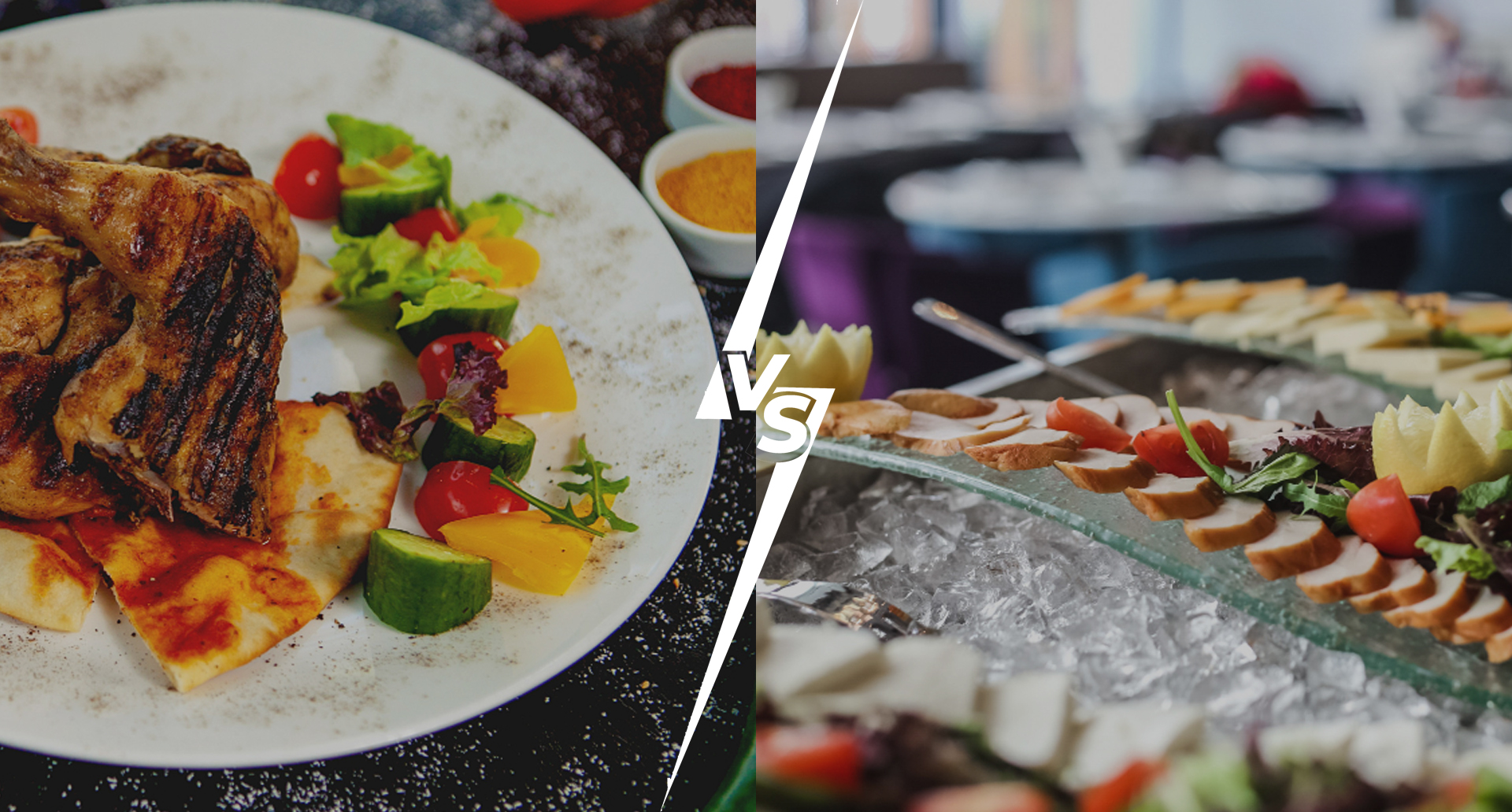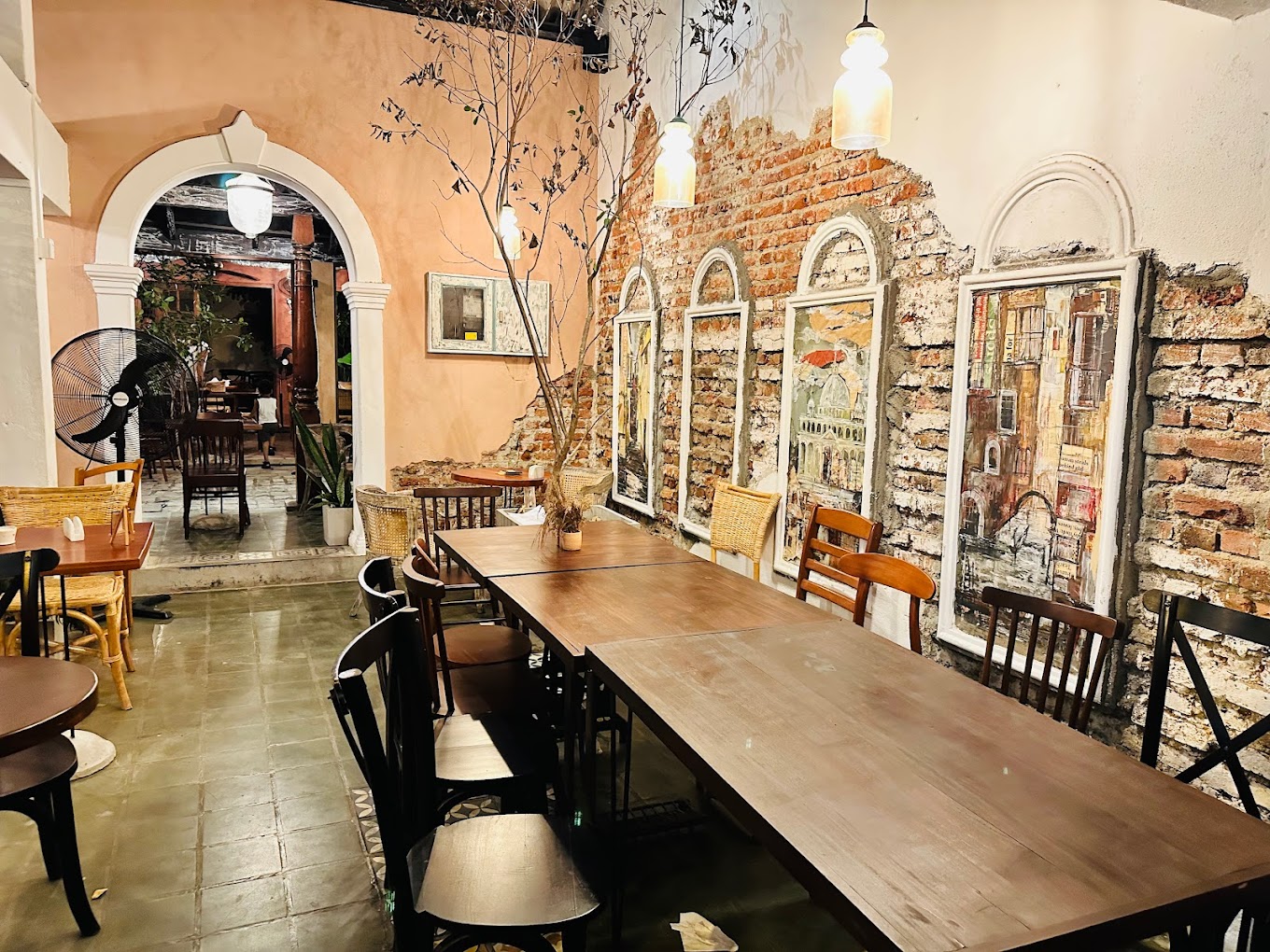The restaurant industry is a major economic force in Sri Lanka, generating billions of rupees in revenue each year. It is one of the largest and most important sectors of the economy, and it employs over 300,000 people directly and indirectly.
The restaurant industry is also a major source of tax revenue for the government. In 2021, the restaurant industry contributed over 50 billion rupees in taxes to the government. This money is used to fund important government services, such as education, healthcare, and infrastructure development.
The restaurant industry is expected to continue to grow in the coming years. The country’s tourism industry is booming, and this is driving demand for restaurants. The growing middle class in Sri Lanka is also contributing to the growth of the restaurant industry.
Here are some of the key trends in the Sri Lankan restaurant industry:
- Growing demand for international cuisine: Sri Lankans are becoming more adventurous in their food choices, and there is a growing demand for international cuisine. This is being driven by the country’s tourism industry, as well as by the increasing number of Sri Lankans who are traveling abroad and experiencing new cuisines.
- The rise of casual dining: Casual dining restaurants are becoming increasingly popular in Sri Lanka. These restaurants offer a more relaxed dining experience than fine dining restaurants, but they still offer high-quality food.
- The growth of online ordering: Online ordering is becoming increasingly popular in Sri Lanka. This is due to the growing number of people who have access to the internet, as well as the convenience of being able to order food from the comfort of your own home.
The restaurants in Sri Lanka is an industry that is dynamic and growing industry. It is facing some challenges, but it is also poised for growth in the coming years. The industry is expected to continue to diversify, with more restaurants serving international cuisine and casual dining restaurants becoming more popular. Online ordering is also expected to continue to grow in popularity.



Current Trends
Several key trends are shaping the restaurant industry in Sri Lanka:
- International Cuisines: There is a growing demand for international cuisines, driven by the rising middle class and an increasing number of tourists. Restaurants offering Japanese, Italian, Chinese, and Middle Eastern dishes are gaining popularity.
- Casual Dining: The trend toward casual dining is evident, especially in urban areas. Consumers prefer relaxed and informal dining experiences, leading to a surge in casual dining restaurants.
- Digital Transformation: Online ordering and delivery services have become mainstream, especially post-COVID-19. Digital platforms like Uber Eats have made it easier for consumers to access their favorite meals, pushing restaurants to invest in online presence and digital marketing.
Challenges
Despite its success, the restaurant industry faces several challenges:
- Rising Costs: Fluctuating prices of raw materials impact profitability, particularly for small and medium-sized establishments.
- Regulatory Hurdles: Navigating health and safety standards, obtaining licenses, and dealing with bureaucracy can be challenging for restaurateurs.
- Skilled Labor Shortage: There is a persistent shortage of trained chefs, waitstaff, and management professionals, affecting the quality of service.
- Competition: The market is highly competitive, with new establishments constantly emerging. This competition drives innovation but also requires continuous improvement and differentiation to attract and retain customers.
Future Prospects
The future of Sri Lanka’s restaurant industry looks promising:
- Tourism Growth: As a popular tourist destination, Sri Lanka’s restaurant industry stands to benefit significantly from the growing influx of international travelers seeking diverse dining experiences.
- Technological Advancements: Embracing digital solutions for ordering, delivery, and customer engagement will be crucial for future success. Technology can enhance operational efficiency and customer satisfaction.
- Sustainability: Adopting sustainable practices, such as sourcing local ingredients and minimizing waste, will become increasingly important as consumers prioritize environmental responsibility.
- Government Support: Collaboration between the government and industry stakeholders can streamline regulatory processes, offer training programs, and promote Sri Lankan cuisine internationally, creating a supportive environment for industry growth.
Conclusion
The restaurant industry in Sri Lanka is dynamic and integral to the nation’s economy. Despite challenges, it continues to grow and evolve, driven by trends in international cuisines, casual dining, and digital transformation. With strong future prospects bolstered by tourism and technological advancements, the industry is poised for continued success. Addressing challenges and leveraging opportunities will enhance its contribution to Sri Lanka’s economic and social development.





